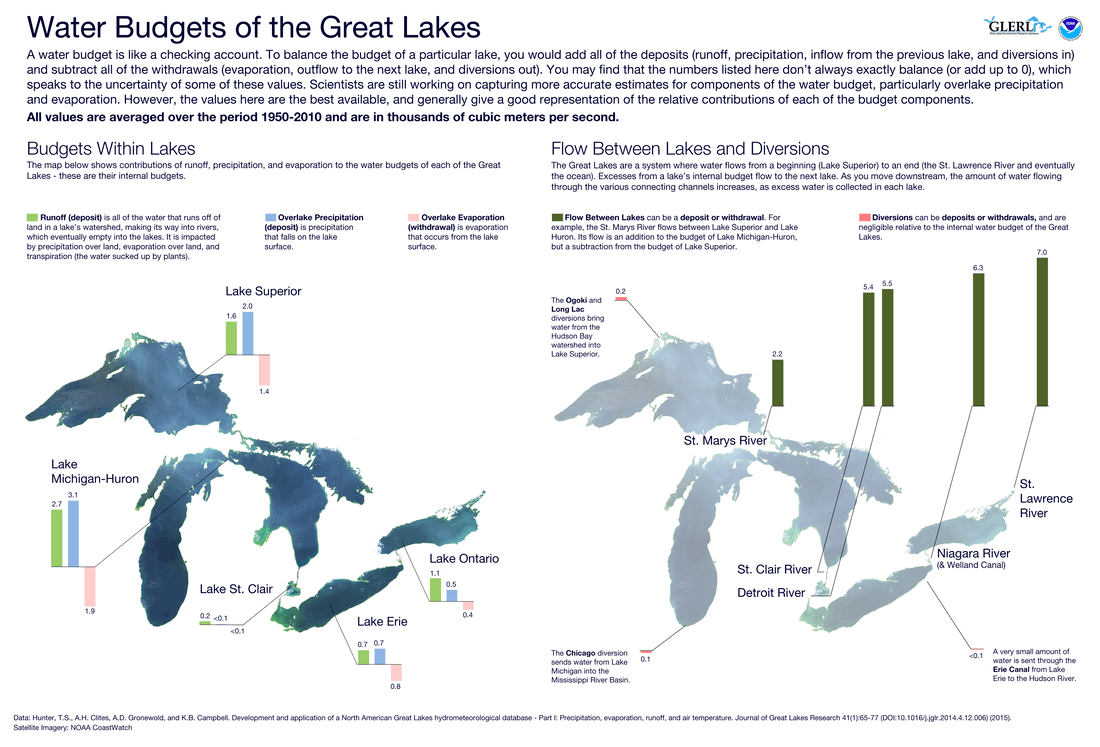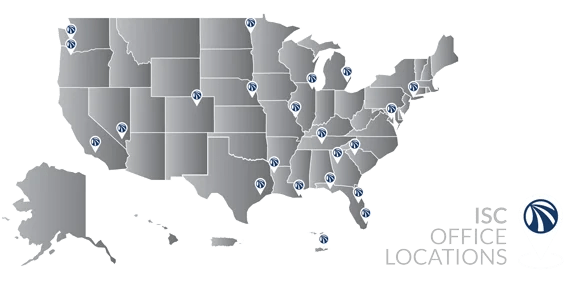INNOVATIONS, IDEAS, & INSIGHTS
About the Blog
ISC experts share their thoughts on current innovation, insights, and thought leadership on important industry topics and corporate responsibility.
Archives
October 2021
September 2021
June 2021
May 2021
April 2021
February 2021
January 2021
December 2020
November 2020
October 2020
August 2020
July 2020
May 2020
April 2020
March 2020
February 2020
January 2020
Categories
ISC Addressing Vaccine Hesitancy
4/29/2021

By Betsy Lopez
ISC Addressing Vaccine Hesitancy
3/29/2020
About the Blog

By Betsy Lopez
I knew I wanted a career that would allow me to continue my passion for assisting communities in learning to work with rather than against nature. My work as a consultant will enable me to get to know a community from traditions, values, to cultures to the complexities of what can heighten the hazards in the area and transition hazards into disasters. Currently, I am supporting a community in understanding the risks associated with a Great Lake.
ISC experts share their thoughts on current innovation, insights, and thought leadership on important industry topics and corporate responsibility.
In the world of disasters, you are always learning something new. Vital to me when analyzing the potential impacts of a disaster, is understanding a disaster impact as not an isolated event but an event that exists in a complex system that will have multiple triggers and multiple short- and long-term effects. The more I can learn about the complexity of a disaster, the better I can assist communities in developing mitigation actions. Coastal flooding is a very complex disaster that has and will continue to be studied. Lakeshore flooding is an understudied topic. Unlike coastal flooding from a sea, lake water is freshwater. Freshwater makes up only 3% of the water in the world and is utilized for drinking water. While freshwater can be extracted from the ground and through desalination and reverse osmosis saltwater can be converted to freshwater, conserving fresh water is essential to sustaining life. Freshwater flooding onto land is attributed to both higher water levels and increased storms. While higher lake levels would suggest an increase in available freshwater, the evidence also demonstrates that higher water levels significantly increase flooding and erosion. Like coastal flooding and runoff from a storm, lakeshore flooding can contaminate lake water (e.g., non-point source pollution).

The Great Lakes are the largest freshwater body in the world, and lake levels have always fluctuated. The NOAA Storm Event database indicates that from 1996 to 2019, 206 lakeshore flood events have been recorded in the United States. In total, these events caused $104,024,000 in property damage with 110 of the 206 events reporting property damage. 136 of the 206 events were recorded in 2019. Lakeshore flooding is not the only disaster associated with a lake. There is also seiche, which is defined as a standing wave in an enclosed body of water caused by high winds and changes in atmospheric pressure, and a meteotsunami, which is a sizeable propagating wave caused by a moving atmospheric disturbance.
While the science behind each of these hazards is essential, so are the impacts on the environment and community that live near and depend on the Great Lake. Analyzing hazards requires a methodologically sound consequence analysis. When I develop formulas for a consequence analysis, I go back to the notion that disasters are not isolated events, and each community is unique. As the growing number of recorded lakeshore flooding events suggests, understanding the complexity of lake-related hazards is a necessity. As a consultant, I know I cannot eliminate lake-related disasters. Still, I do have the responsibility to support my clients in understanding the complex nature of these disasters, potential impacts on the community for future disasters, and assessing preparedness levels for these disasters.
About Betsy:
Betsy is a consultant for ISC, specializing in hazard mitigation, resiliency, and climate action planning for clients across the Nation. As a native and life-long resident of coastal Louisiana, Betsy Lopez is driven to support communities meet the current and future challenges associated with climate change while retaining and supporting the various cultures and uniqueness of each community. Her interdisciplinary work spans the fields of social service, environment science, art, and disaster mitigation, which allows Ms. Lopez to connect with the community to identify root causes followed by tailored adaptation solutions.

